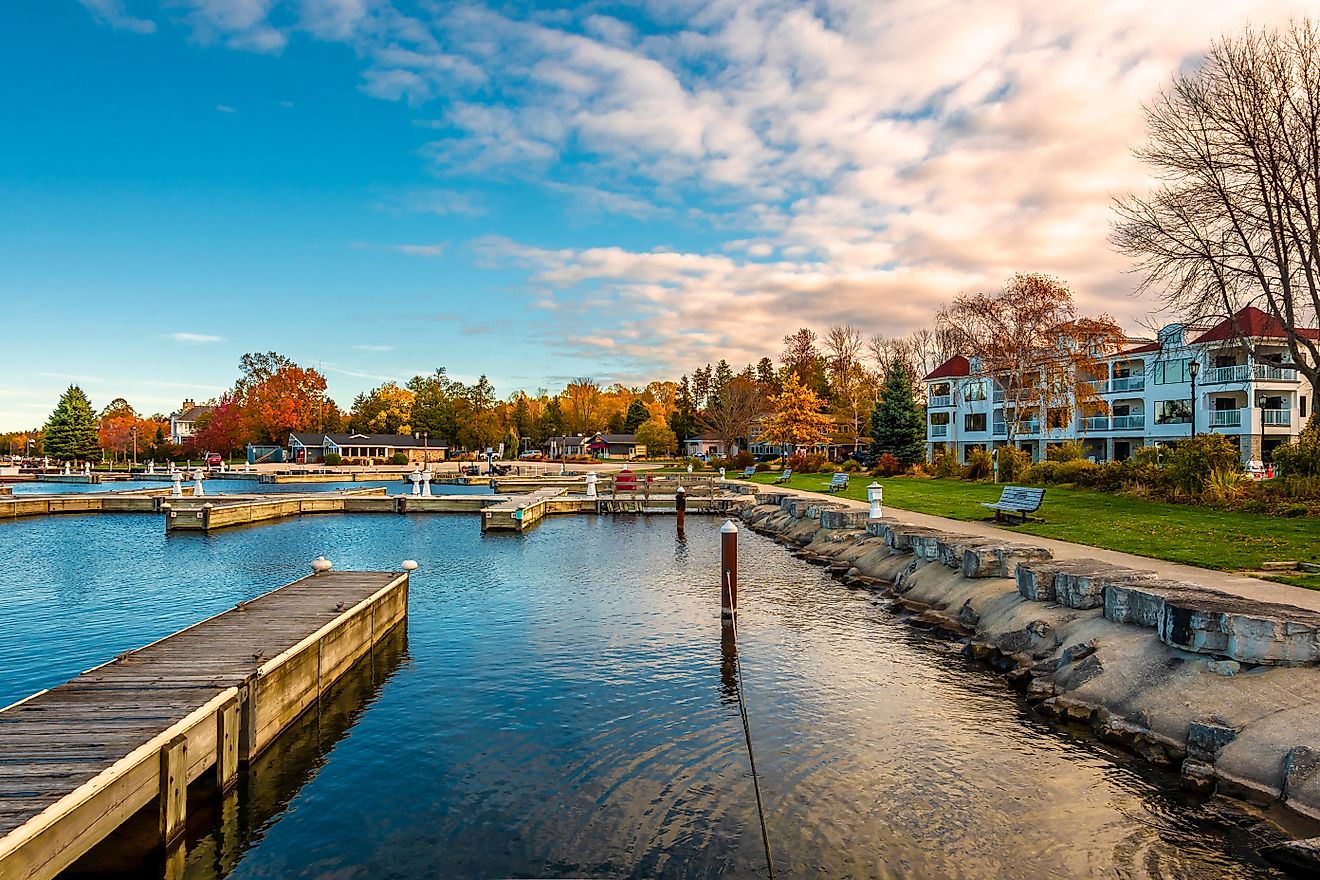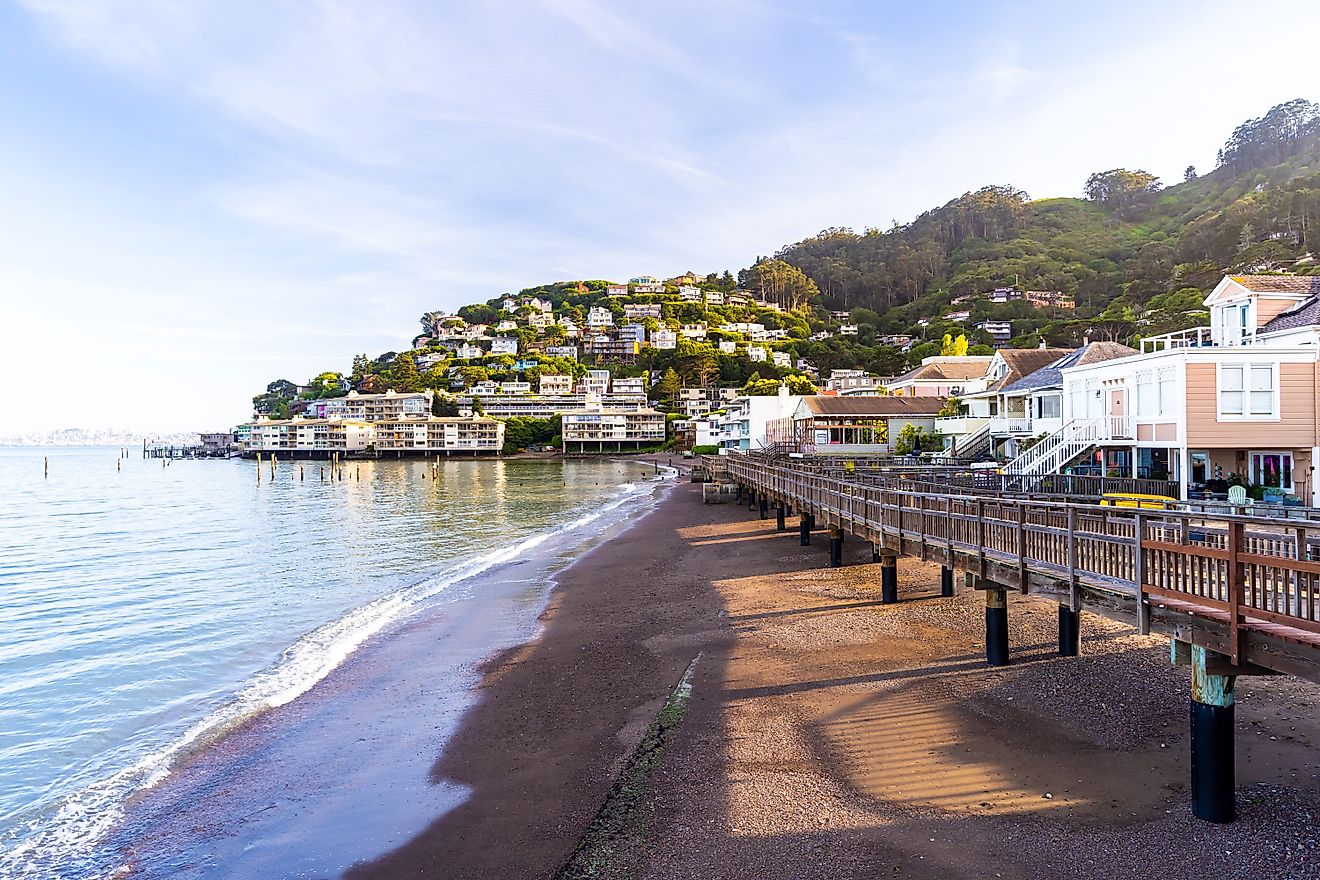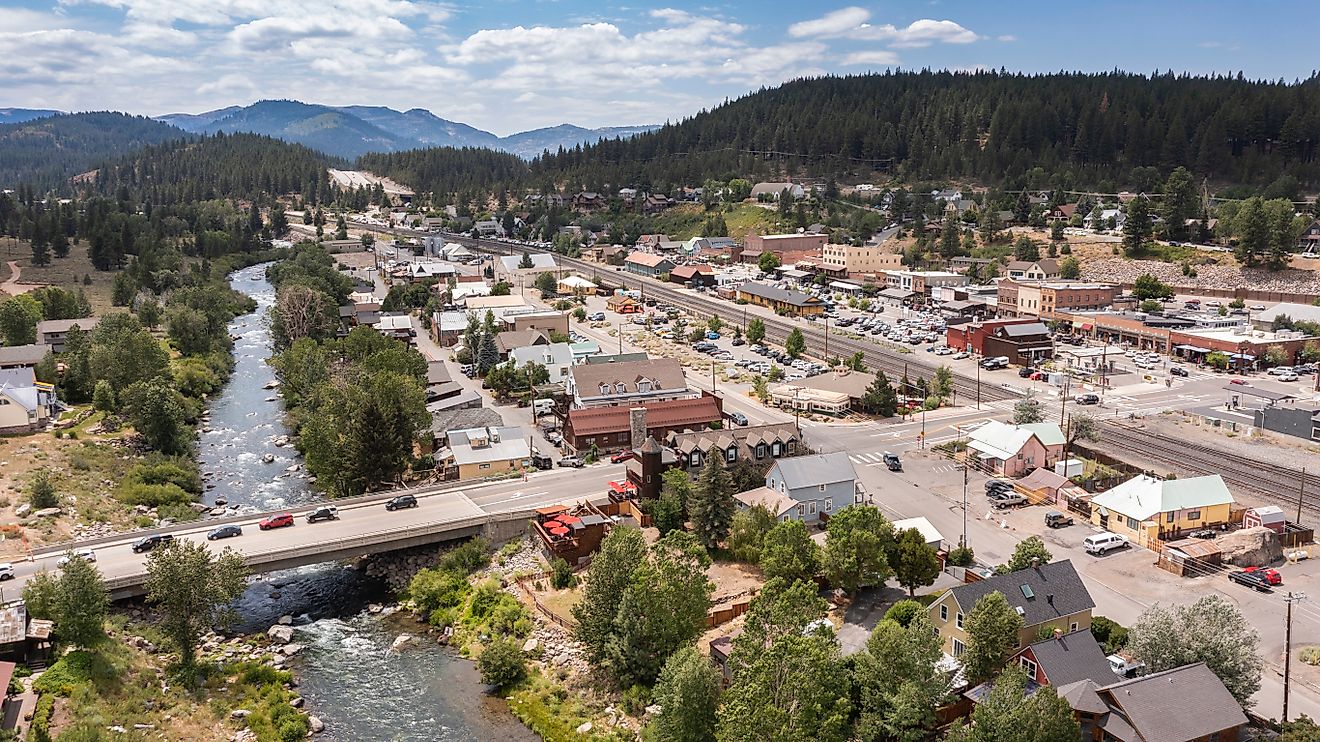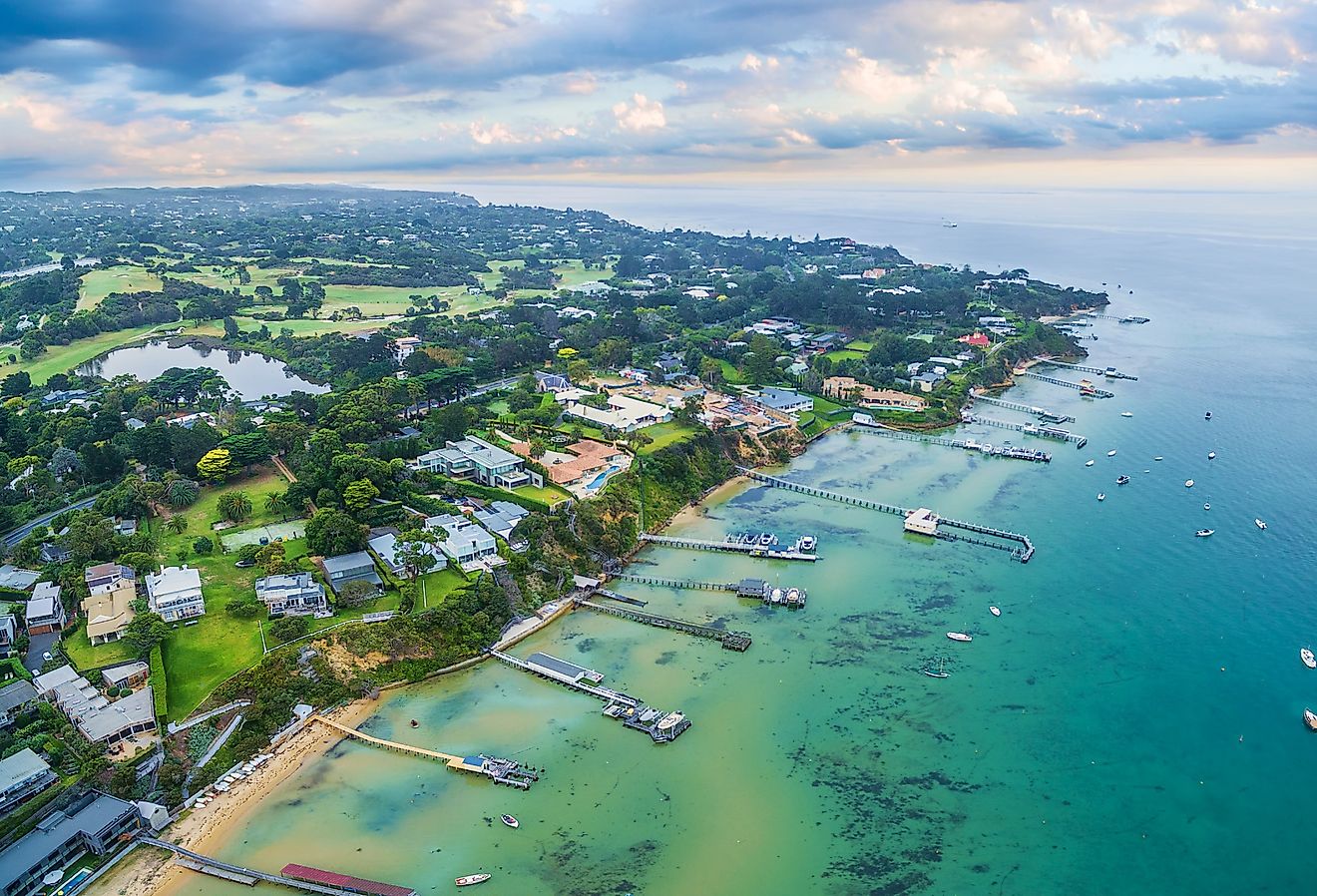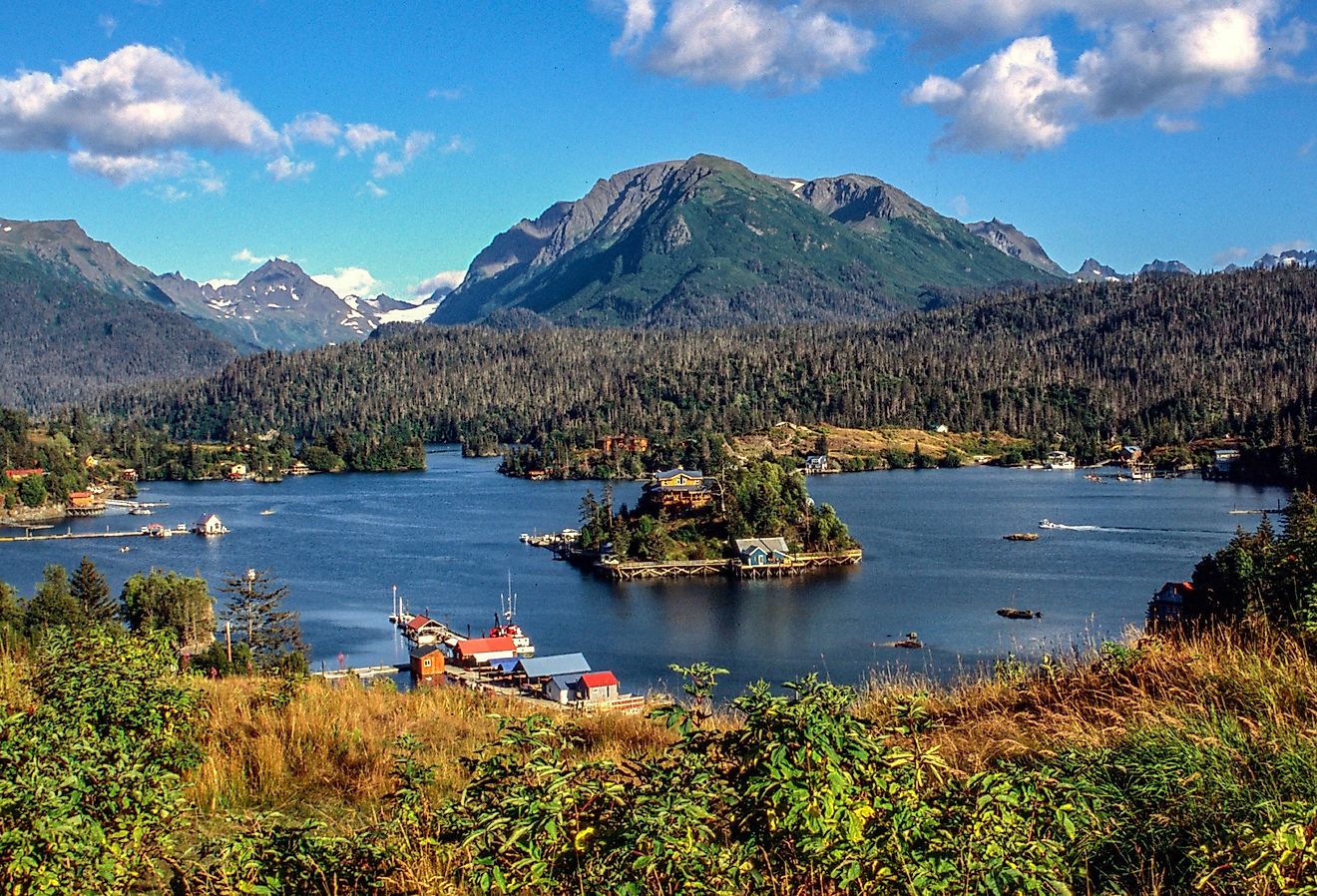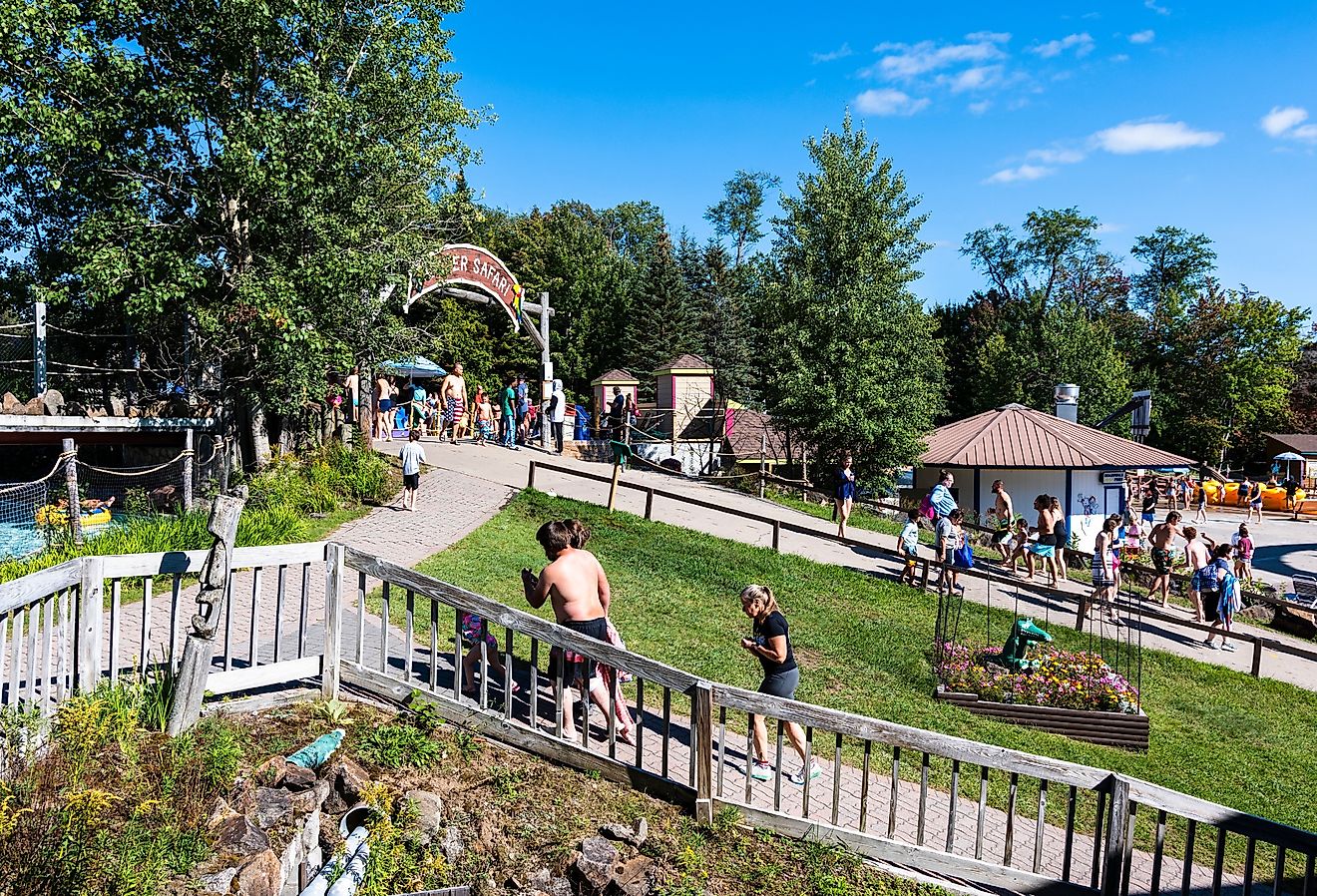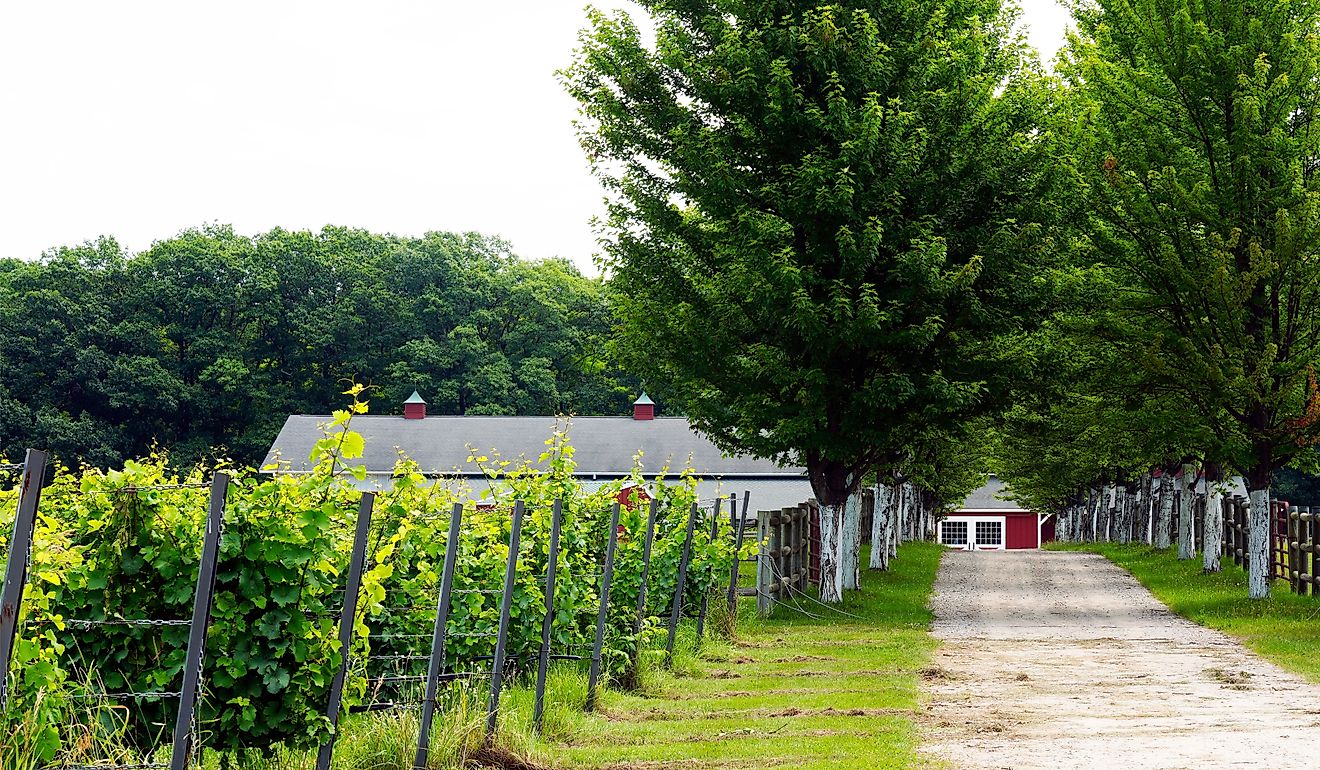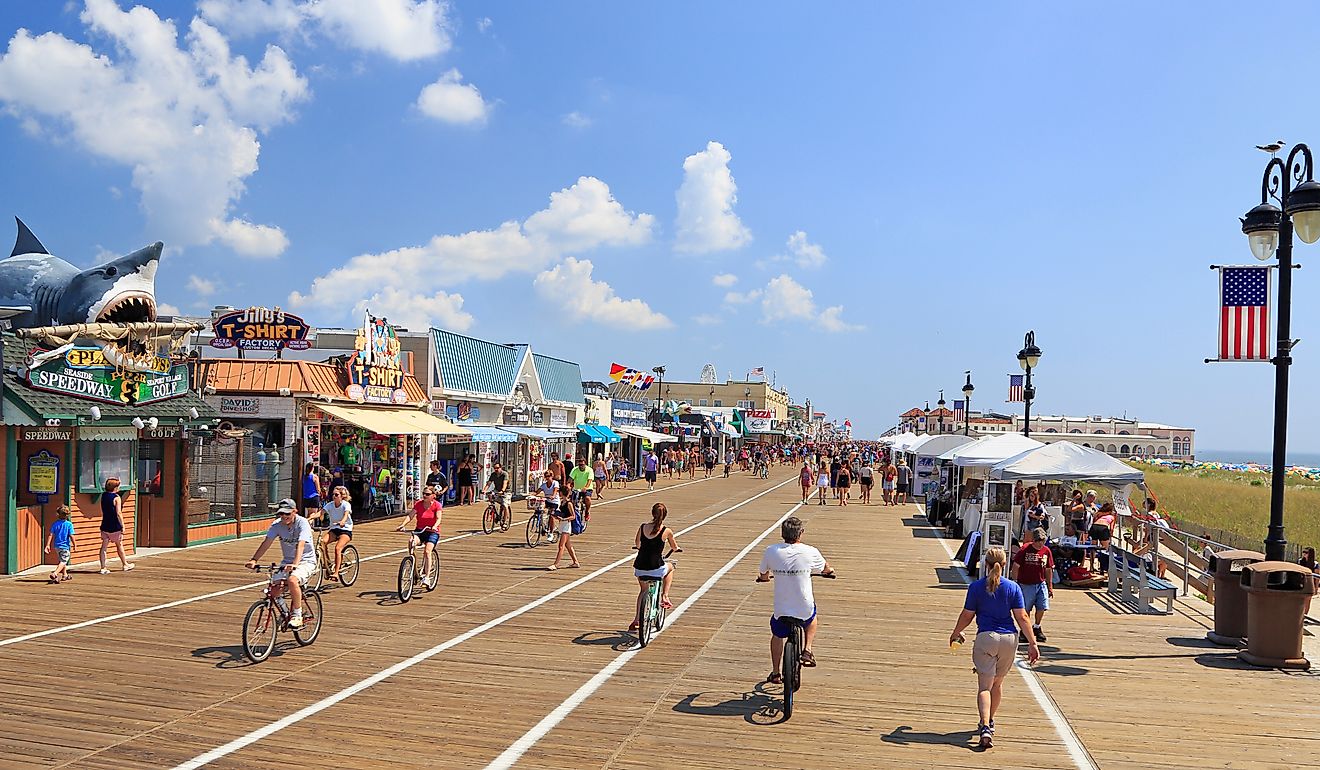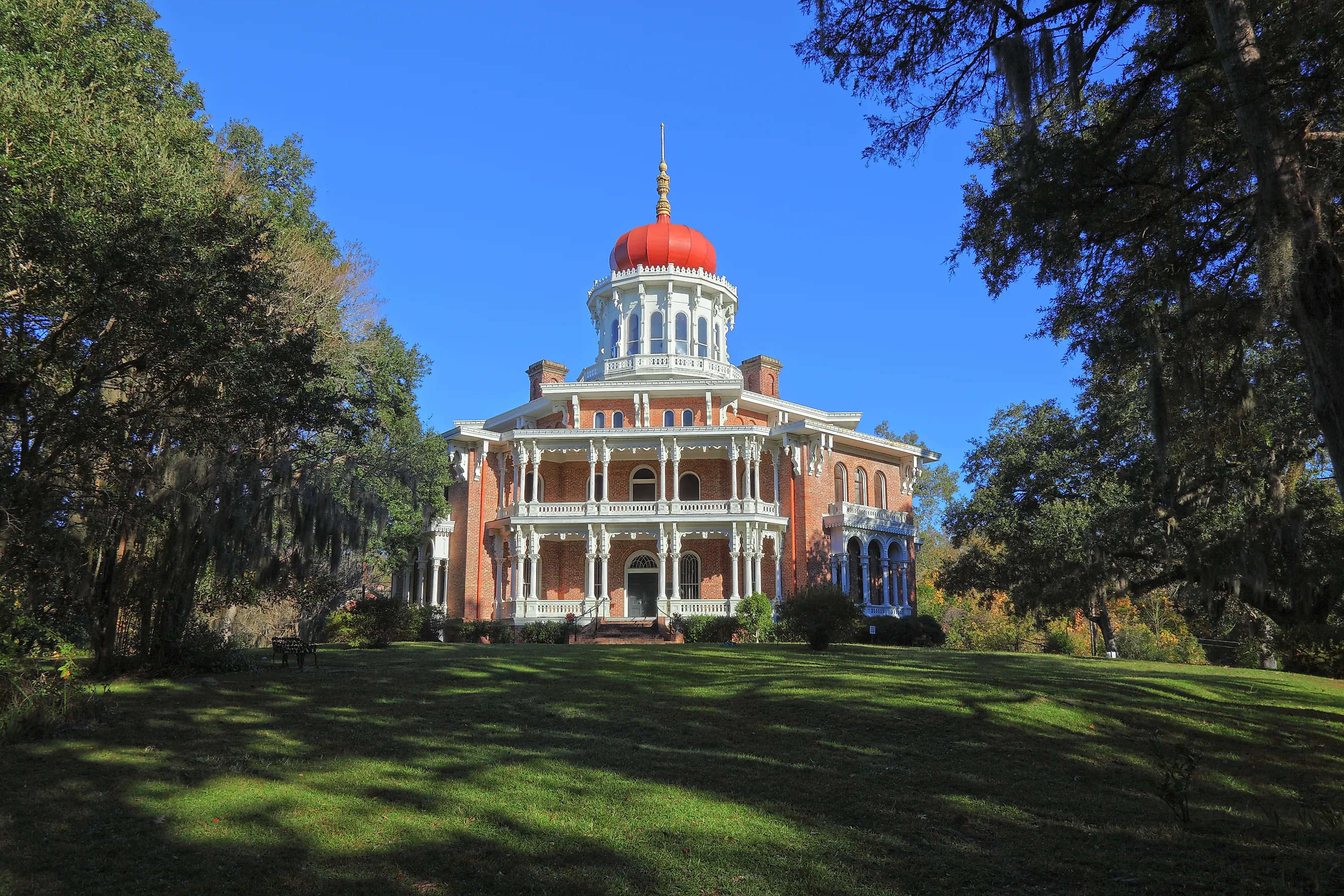
This Mississippi Town Is Older Than the State Itself
Few small towns in the American South possess the kind of mystique that Natchez has. Established in 1716 as a French fort and predating Mississippi statehood by more than a century, its strategic position overlooking the Mississippi River soon led to its development as a major town by the Spanish. Indeed, from its lofty position 200 feet above the river, this historic community has survived the rise and fall of empires from its commanding bluff position
One of the first European settlements to have been established along the course of the mighty Mississippi River, Natchez has witnessed more than its fair share of history. In 1797, around 80 years after its founding, American Major Andrew Ellicott marched to the highest ridge in the young town, set up camp, and raised the American flag. In the blink of an eye, Natchez and all Spanish territory east of the Mississippi above the 31st Parallel became part of the still-young nation of the United States of America.
Shortly after, in 1798, Natchez became the first capital of the new Mississippi Territory and was officially incorporated in 1803. Further accolades were to follow, the most notable being the fact that Natchez was named as the first capital of Mississippi when statehood was achieved in 1817. It was an honor the town would hold for roughly five years off and on, until the more central city of Jackson assumed the role in 1822.
Indigenous Peoples and Colonists
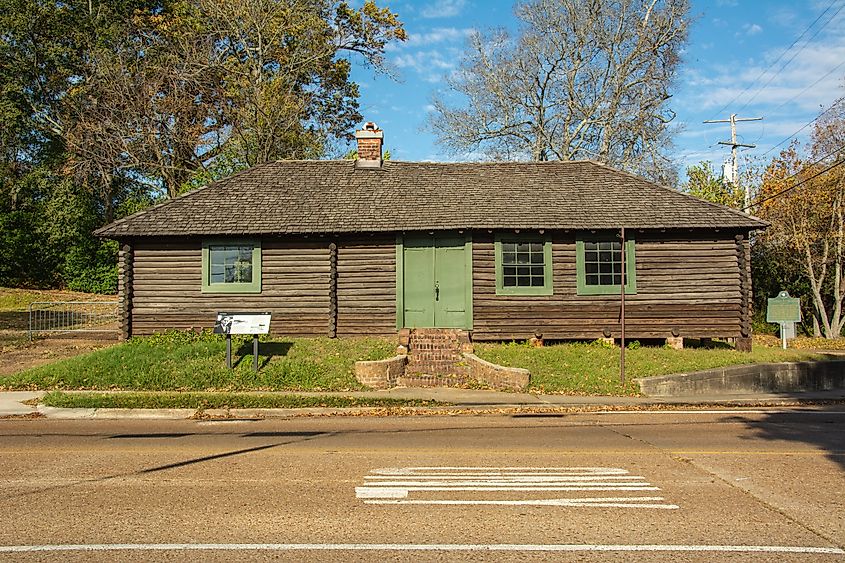
Today, Natchez seems as if frozen in time, with evidence of its important role not just in American history, but also among the region’s Indigenous peoples. The town’s name stems from Native Americans known as the Natchez who inhabited the area, a sophisticated tribe with a flourishing commercial empire that thrived in pre-colonial times.
Fort Rosalie, named after the French Duchess of Pontchartrain, was handed over to the English in 1763 and became a hotbed of pro-monarchy loyalists during the American Revolution. Nabbed by the Spanish again in 1779, it remained under Spain’s rule until 1798.
It’s this multi-layered colonial past that created the architectural and cultural foundation that makes Natchez so extraordinary among American communities. The town's golden age, though, was still to come, and coincided with the arrival of cotton, which transformed Natchez into the wealthiest city per capita in pre-Civil War America.
Antebellum Splendor
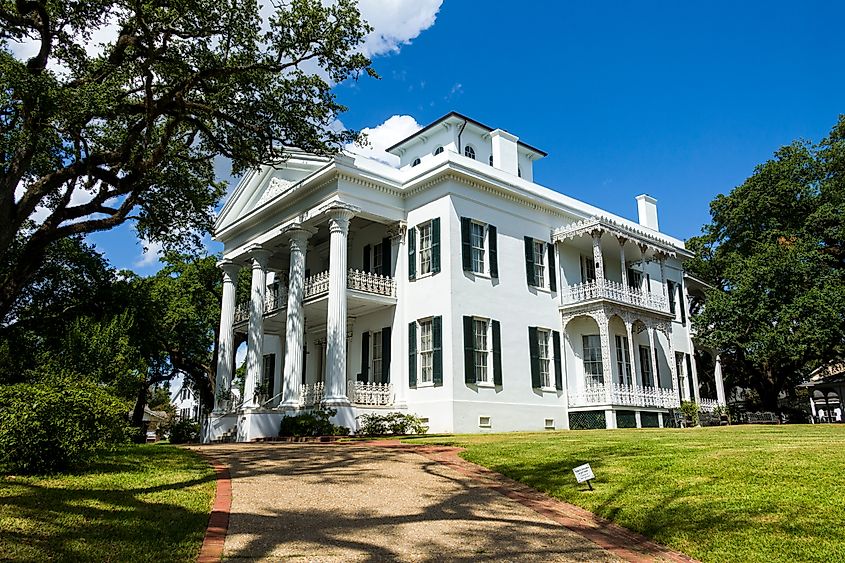
No visit to Natchez is complete without checking out at least one or two of the town’s most important Antebellum-era homes. Longwood, the largest octagonal house in the United States, is certainly the most unique. Nicknamed Nutt's Folly after the cotton plantation's wealthy owner, construction began in 1860 but was halted when the Civil War began in 1861. Craftsmen, most of whom were from the Northeast, literally dropped their tools and returned home, leaving the mansion unfinished. Guided tours are recommended and provide a unique insight into this turbulent period of American history.
Rosalie Mansion and Gardens presents quite a different story. Built in 1823 on a Mississippi River bluff, this opulent home was to serve as Union headquarters during the Civil War. Remarkably well preserved, tours will allow you to see its original furnishings as well as its spectacular river views.
Occupying an entire city block in downtown Natchez, Stanton Hall is impressive in scale. Standing five stories tall and at one time consisting of 14,000 square feet of living space, the intricate millwork in its halls and parlors looks as good now as it did when the mansion was built in 1857. In addition to period antiques and original Stanton family china and crystal, this palace-like structure also boasts lovely grounds.
An Open Door to History
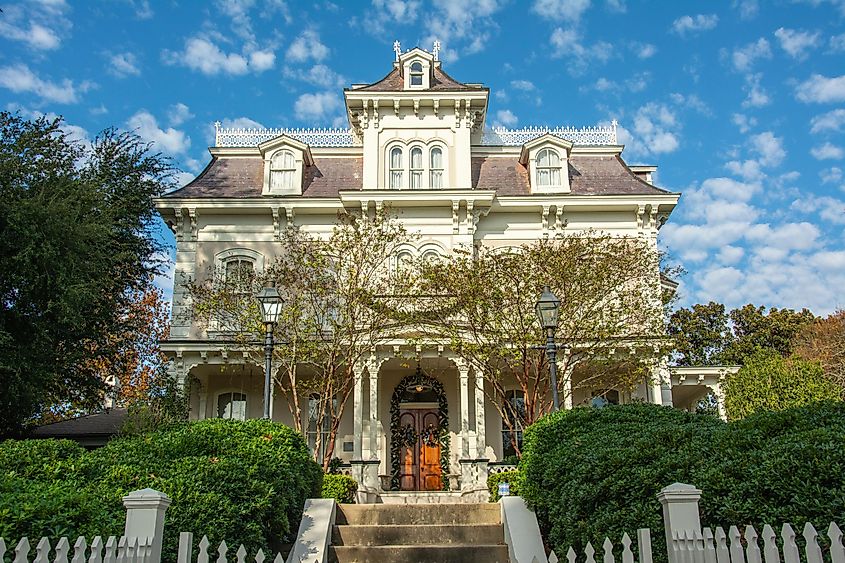
In addition to year-round admission to its public historic landmarks, Natchez residents play a role in sharing their pride in the past. Taking place each March and April, the Spring Pilgrimage sees some 36 historic homes in Natchez open their doors, many of them private residences not normally accessible to the general public. Tickets for this extremely popular event sell out, so plan ahead.
The National Park Service preserves three distinct sites that also help tell Natchez's fascinating story. These include Melrose, a former estate with a perfectly preserved antebellum mansion, and William Johnson House, which provides a rare glimpse into the life of a free Black barber during the 19th century.
Fort Rosalie is another must-see historic site in Natchez. In addition to exhibits about the early colonial period, you’ll learn about the tragic 1729 Natchez uprising when local Indigenous peoples retaliated against the French colony, killing more than 200 colonists before facing devastating consequences.
Natchez Under-the-Hill and Natchez Trace
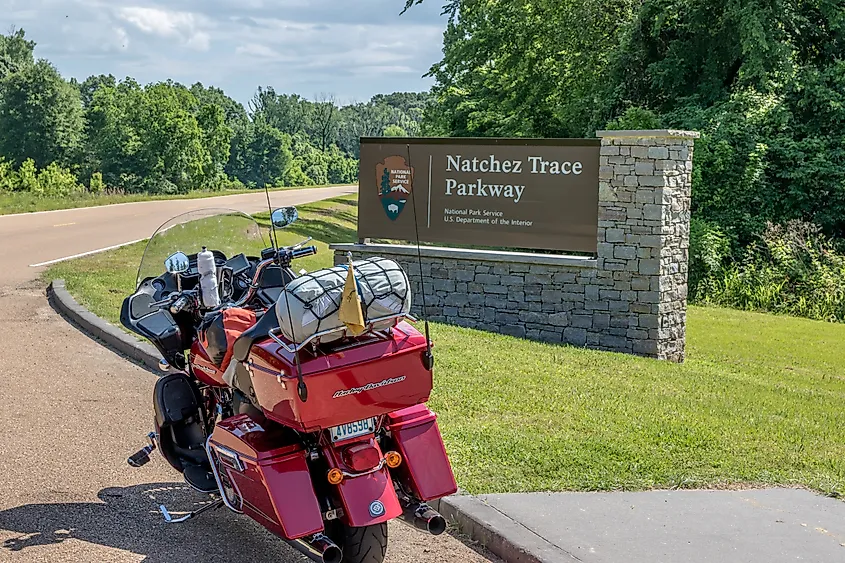
Located adjacent to the mighty Mississippi River, Natchez Under-the-Hill is well worth exploring. Formerly a busy riverport for cotton being shipped to textile mills, today this charming riverside district offers a completely different experience from the genteel bluff-top mansions. Must-sees include establishments like the Under-the-Hill Saloon, one of Mississippi's oldest bars, occupying one of many buildings dating from the early 1800s.
A bucket list item that I’m hoping to accomplish in the not-too-distant future, the 444-mile Natchez Trace Parkway begins (or ends) at Milepost 0 in Natchez. This spectacular scenic route follows the ancient trail used by Native Americans, early settlers, and eventually the Kaintucks returning home after floating goods down the Mississippi for distribution through the Gulf.
Natchez was the southern terminus of this historic route, with the northern terminus being Nashville, Tennessee. Key stops near Natchez include the Mount Locust Inn at Milepost 15.5, the only surviving "stand" (inn) of the dozen or so that once served Trace travelers, and the Emerald Mound at Milepost 10.3, the second-largest ceremonial mound in the United States, built between 1300 and 1600.
The Final Word
If you’re looking for a place to visit in Mississippi that has managed to preserve something of America’s entire human history, that place is Natchez. From the original native peoples who called the area home to the French and Spanish colonists who followed, as well as a period of American expansion and ultimately statehood, this Mississippi River town is undoubtedly one of America's most important historic destinations with endless fascinating tales to tell.

